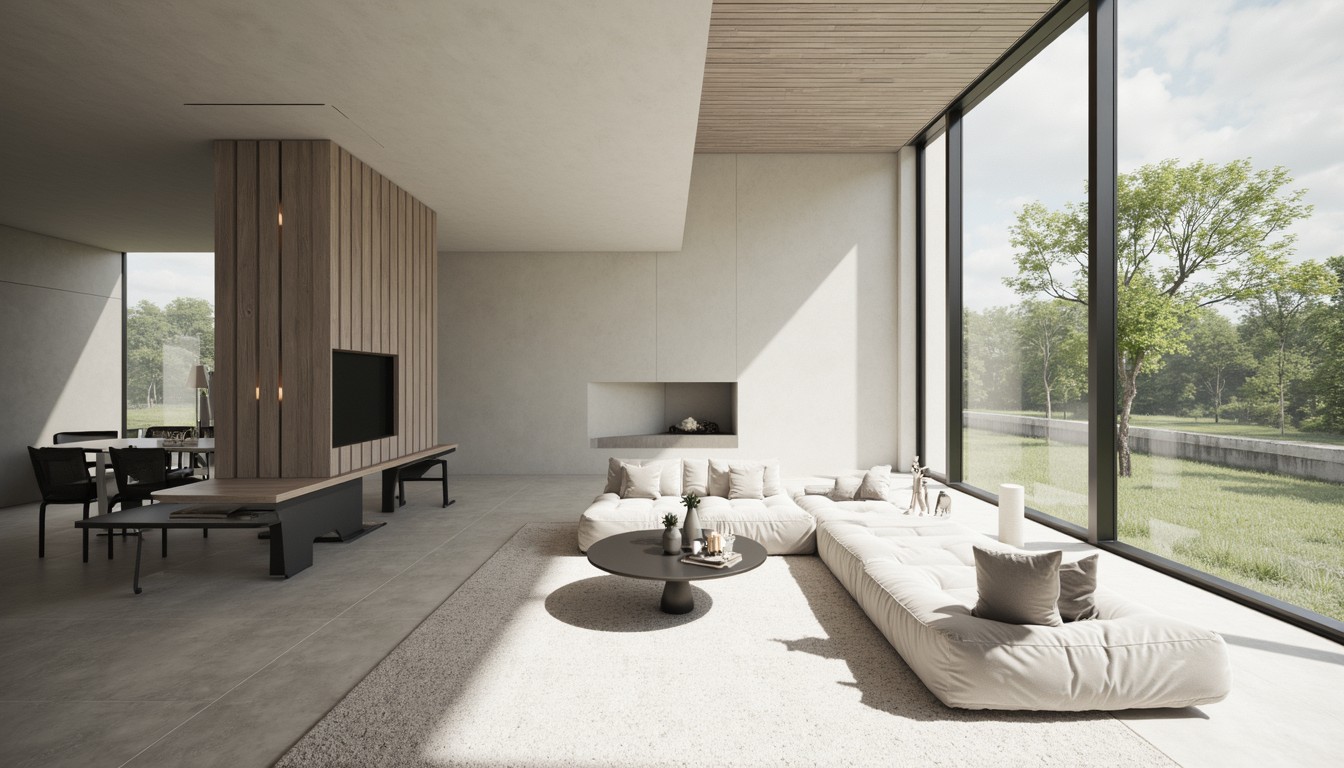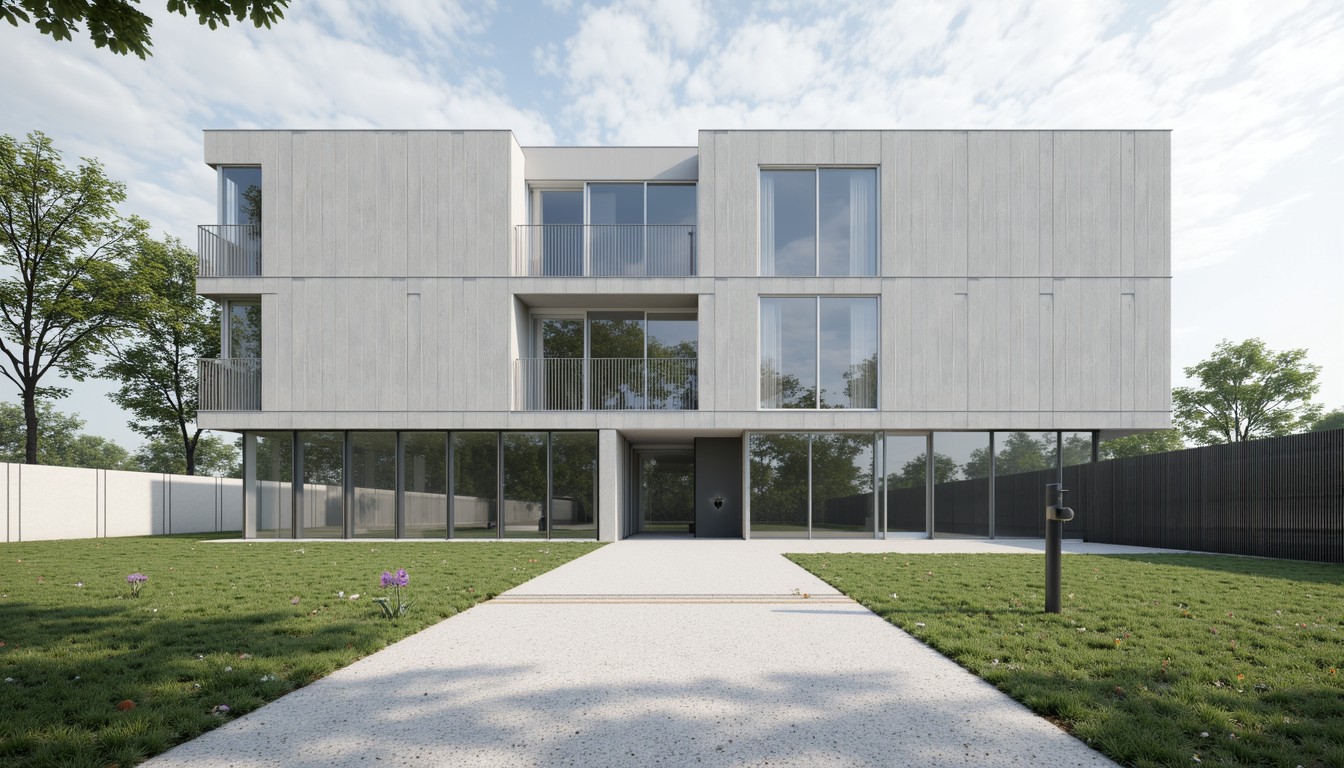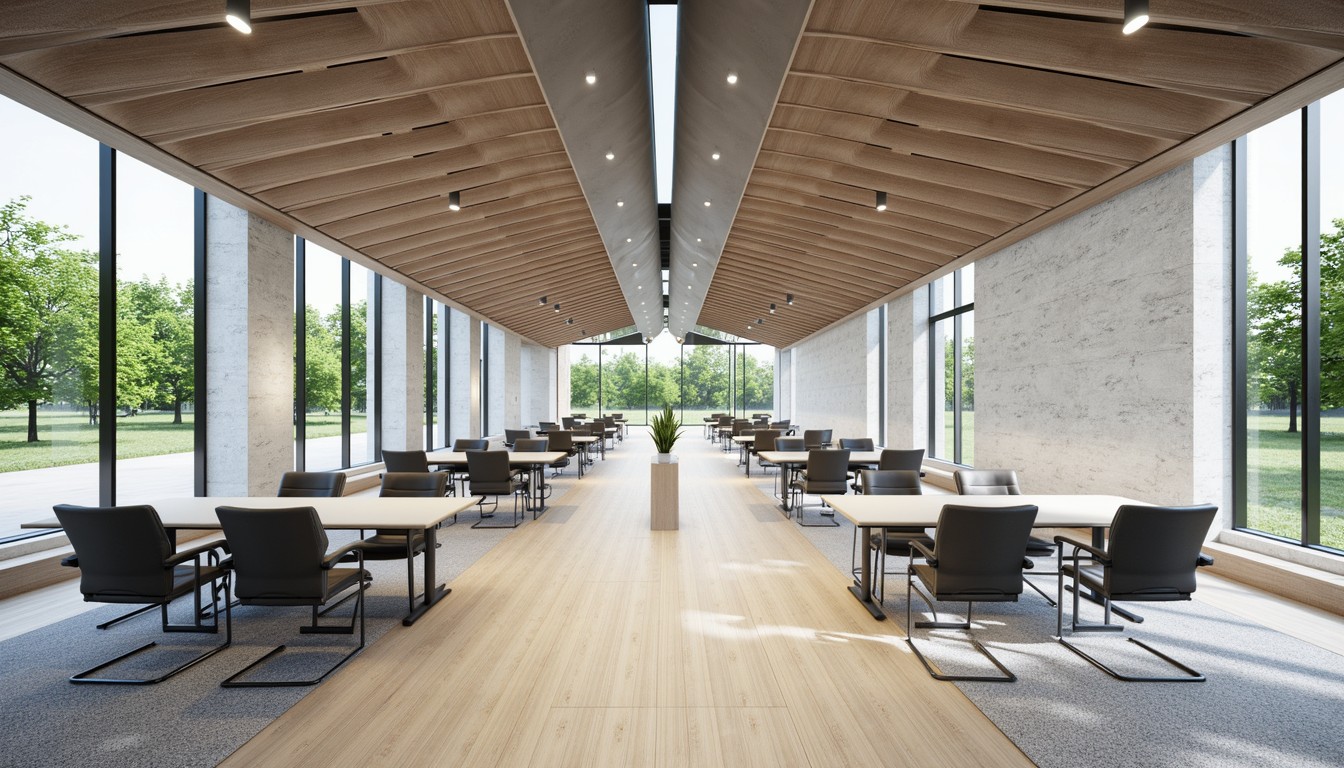Sustainable Architecture: Green Building Technologies & Design
The built environment significantly contributes to global carbon emissions. As architects and designers, we have a crucial role in mitigating this impact through the adoption of sustainable architecture and green building technologies. This means moving beyond mere aesthetics and embracing environmentally responsible practices throughout the entire lifecycle of a building, from design and construction to operation and demolition.
Passive Design Strategies: The Foundation of Sustainable Architecture

Before diving into advanced technologies, it’s essential to understand the importance of passive design strategies. These techniques harness natural resources like sunlight, wind, and water to minimize energy consumption and maximize comfort. Examples include:
- Optimal Site Selection and Orientation: Positioning a building to maximize solar gain in winter and minimize it in summer, taking advantage of prevailing winds for natural ventilation.
- Shading Devices: Overhangs, awnings, and strategically planted trees reduce solar heat gain in summer, preventing overheating.
- Natural Ventilation: Designing buildings to allow for natural airflow, reducing the reliance on mechanical ventilation systems.
- Thermal Mass: Utilizing materials with high thermal mass, such as concrete or brick, to absorb and release heat slowly, regulating indoor temperatures.
ArchNav’s expertise in 3D visualization allows us to showcase the effectiveness of these passive strategies, demonstrating how they contribute to a building’s overall energy performance before construction even begins.
Active Green Building Technologies: Enhancing Sustainability

While passive design forms the backbone of sustainable architecture, active technologies provide further enhancements. These systems actively manage energy consumption and resource use. Key examples include:
Renewable Energy Sources:
- Photovoltaic (PV) Systems: Solar panels convert sunlight into electricity, reducing reliance on the grid.
- Solar Thermal Collectors: These systems use sunlight to heat water for domestic use, reducing energy consumption for hot water heating.
- Wind Turbines: For suitable locations, wind turbines can generate clean electricity.
- Geothermal Energy: Harnessing the earth's consistent temperature for heating and cooling.
Energy-Efficient Systems:
- High-Performance Windows: Minimizing heat transfer through glazing with advanced coatings and insulation.
- Insulation: Utilizing high-R-value insulation materials to reduce heat loss in winter and heat gain in summer.
- Energy-Efficient HVAC Systems: Employing heat pumps, variable refrigerant flow (VRF) systems, and other high-efficiency technologies.
- LED Lighting: Significantly reducing energy consumption compared to traditional lighting.
Water Conservation Technologies:
- Rainwater Harvesting: Collecting rainwater for irrigation and non-potable uses.
- Greywater Recycling: Reusing wastewater from showers and sinks for toilet flushing and irrigation.
- Low-Flow Fixtures: Reducing water consumption in bathrooms and kitchens.
ArchNav uses advanced rendering techniques to illustrate how these active systems integrate seamlessly within the building design, showcasing their functionality and visual appeal.
Smart Building Technologies: Optimizing Performance
Smart building technologies utilize sensors, data analytics, and automation to optimize building performance and enhance sustainability. This includes:
- Building Management Systems (BMS): Centralized systems that monitor and control various building systems, optimizing energy use and comfort.
- Smart Lighting Controls: Adjusting lighting levels based on occupancy and daylight availability.
- Smart HVAC Controls: Optimizing HVAC operation based on occupancy, weather conditions, and energy prices.
- Energy Monitoring Systems: Providing real-time data on energy consumption, allowing for efficient energy management.
ArchNav’s visualizations can effectively communicate the integration and functionality of these smart technologies, demonstrating their contribution to a more sustainable and efficient building operation.
Material Selection: Embracing Sustainable Practices

The choice of building materials significantly impacts a building's environmental footprint. Sustainable architecture emphasizes the use of:
- Recycled and Reclaimed Materials: Reducing the demand for virgin materials and minimizing waste.
- Locally Sourced Materials: Reducing transportation emissions and supporting local economies.
- Bio-based Materials: Using materials derived from renewable sources, such as bamboo or timber from sustainably managed forests.
- Low-Embodied Carbon Materials: Choosing materials with a lower carbon footprint throughout their lifecycle.
ArchNav's visualizations can highlight the aesthetic appeal and sustainability credentials of these materials, demonstrating their role in creating a greener building.
Conclusion: ArchNav – Your Partner in Sustainable Architectural Visualization
Sustainable architecture is no longer a niche concept; it’s a necessity. By integrating passive design strategies, active green technologies, smart building systems, and responsible material selection, we can create buildings that are not only aesthetically pleasing but also environmentally responsible. ArchNav is committed to supporting this transition by providing high-quality architectural visualizations that effectively communicate the design, functionality, and sustainability benefits of green building projects. We help architects and developers showcase their commitment to a greener future, attracting clients and investors who value sustainable design. Contact us today to discuss your next sustainable architecture project.
